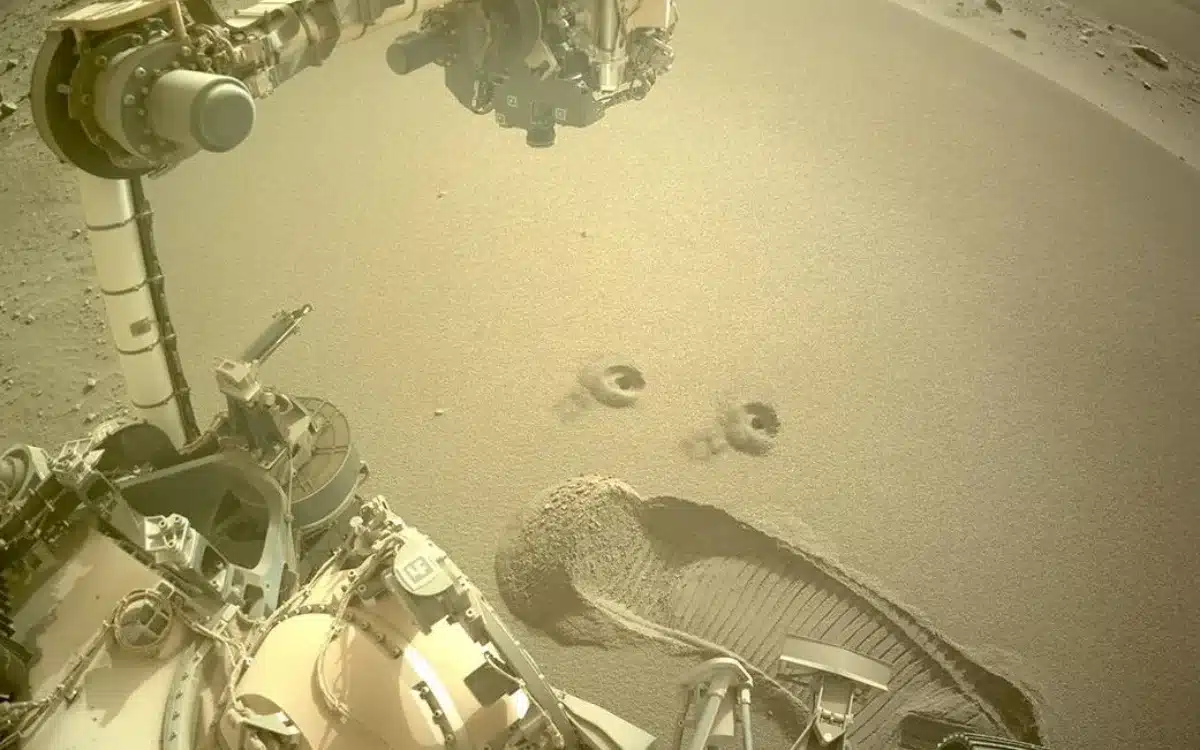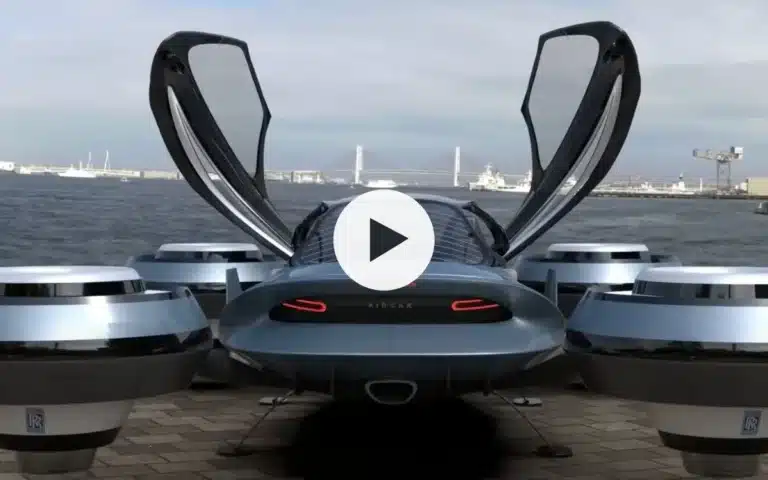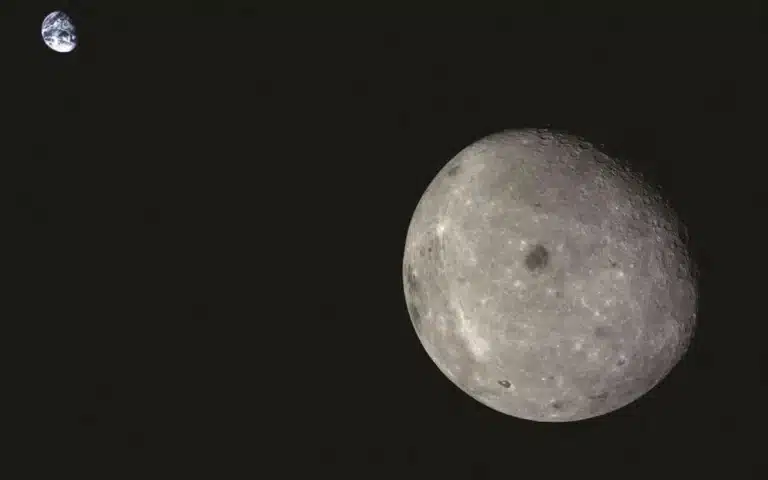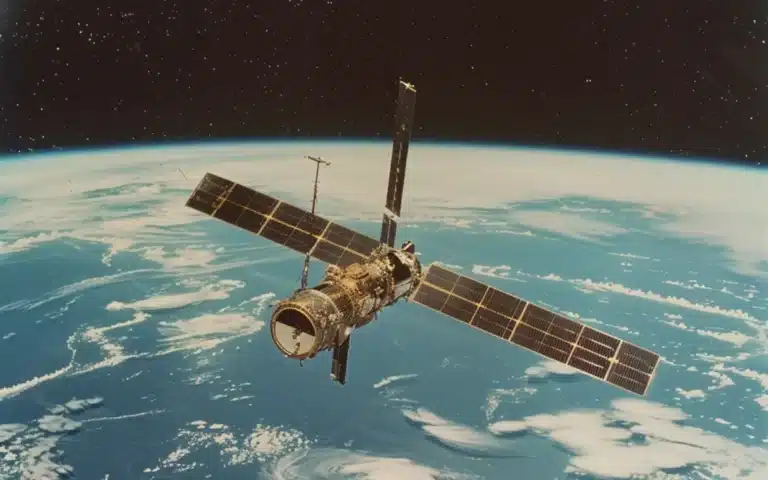While Martians are still proving elusive, NASA scientists believe they may have found signs of life on the surface of Mars – or rather beneath it.
Close to the Gale Crater on the Red Planet, the NASA Curiosity Rover discovered one spot where a steady stream of methane was sporadically released.
It fluctuated depending on the time of day and the season – sometimes reaching peaks of 40 times higher than usual.
READ MORE! NASA’s Ingenuity Mars Helicopter sent heart-warming final message back to Earth
The methane is trapped beneath the surface of Mars under a layer of underground salts from the soil that ha formed a crust.
NASA believes the methane passes through this crust when temperatures spike – or when the NASA Curiosity Rover rolls over the crust and cracks it.
NASA’s car-sized robotic vehicle has been roaming the surface of Mars since 2012.
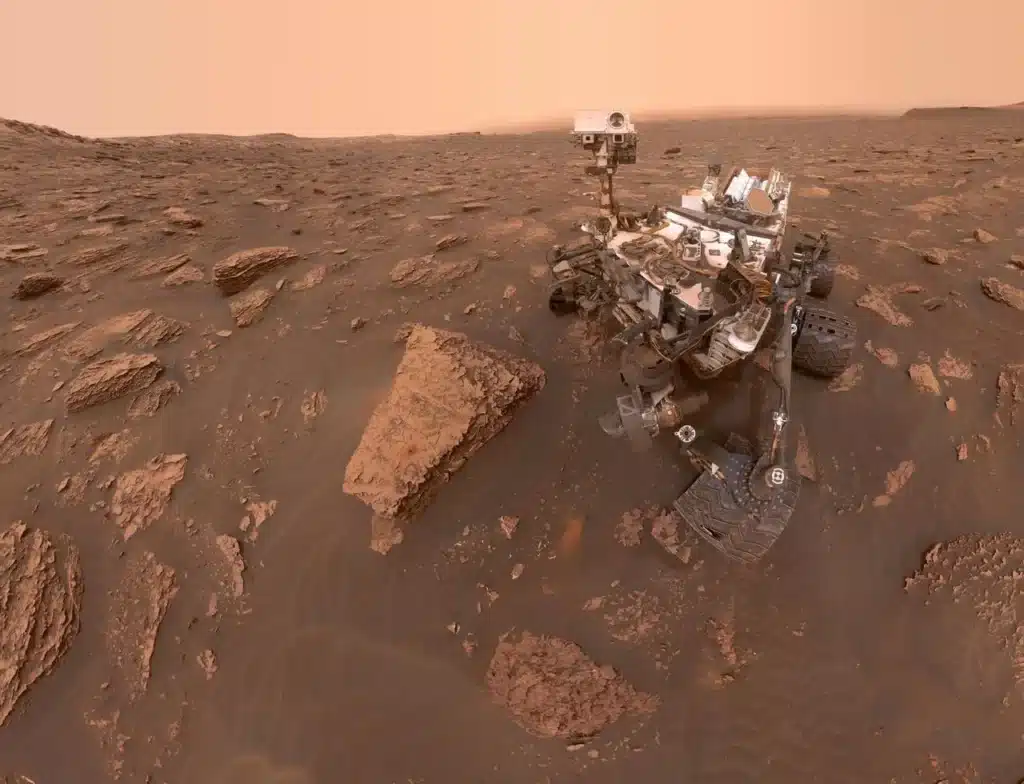
Methane is a simple molecule, made of one carbon atom and four hydrogen atoms.
Crucially it’s produced by living creatures on Earth – gas passed by some animals as they digest food.
However, it could also be forged from geological processes beneath the surface of Mars that NASA scientists and their surface rover haven’t seen yet.
The finding has led NASA to take their search for Martian life underground.
It could mean that when humans finally get there – possibly with the help of inflatable abodes – we may have company.
Earth-based NASA experiments, mimicked the conditions of Martian soil, to try and work out what was going on.
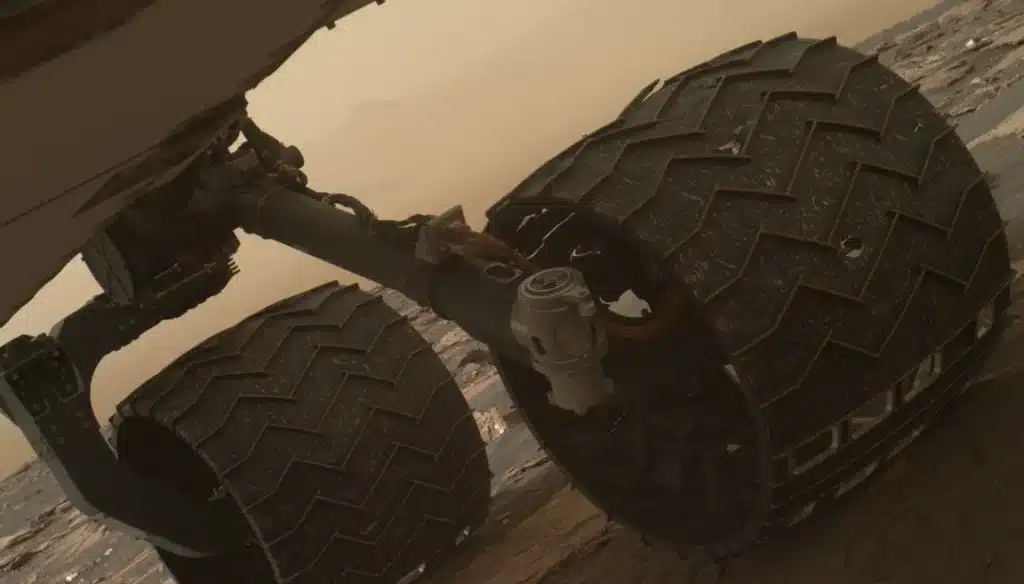
They believe that toxic salts, called perchlorates, bubble up from the icy depths of the planet over time as a vapor.
They then sit beneath the dusty surface, known as ‘regolith’, forming a crusty shell over a period of three to 13 days.
“On Mars, such a process can occur naturally over a long period of time in the shallow permafrost regions, and it may be possible for enough salt to accumulate in the top layer to form a seal,” the team behind the new study, published in the journal JGR Planets, said.
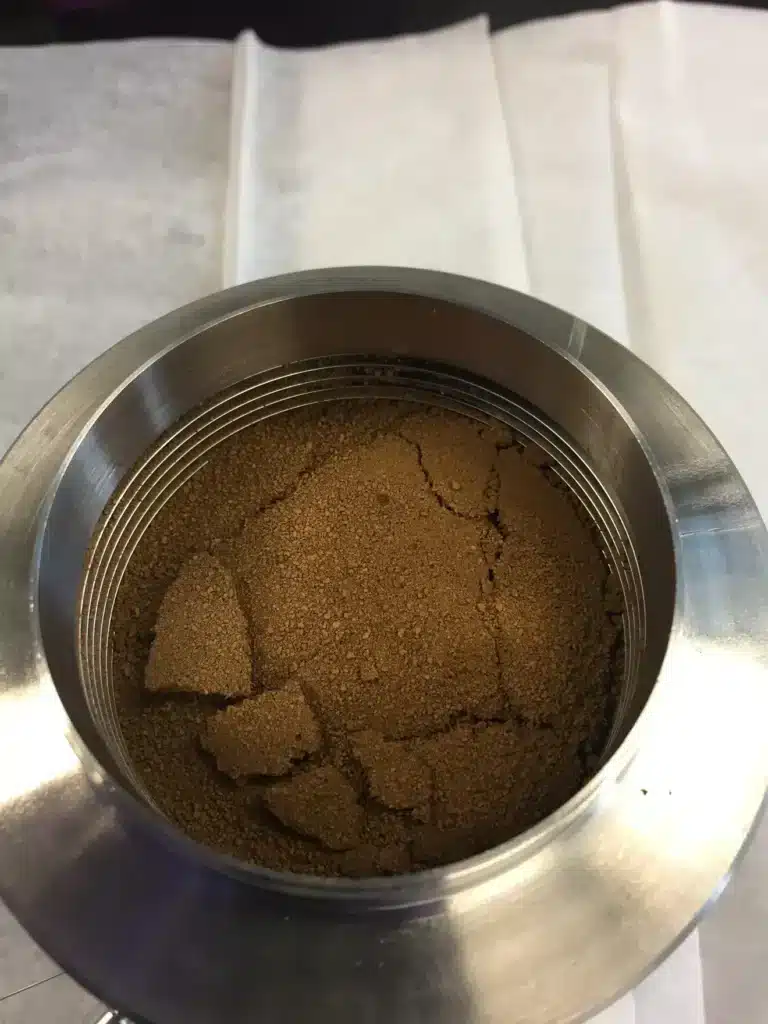
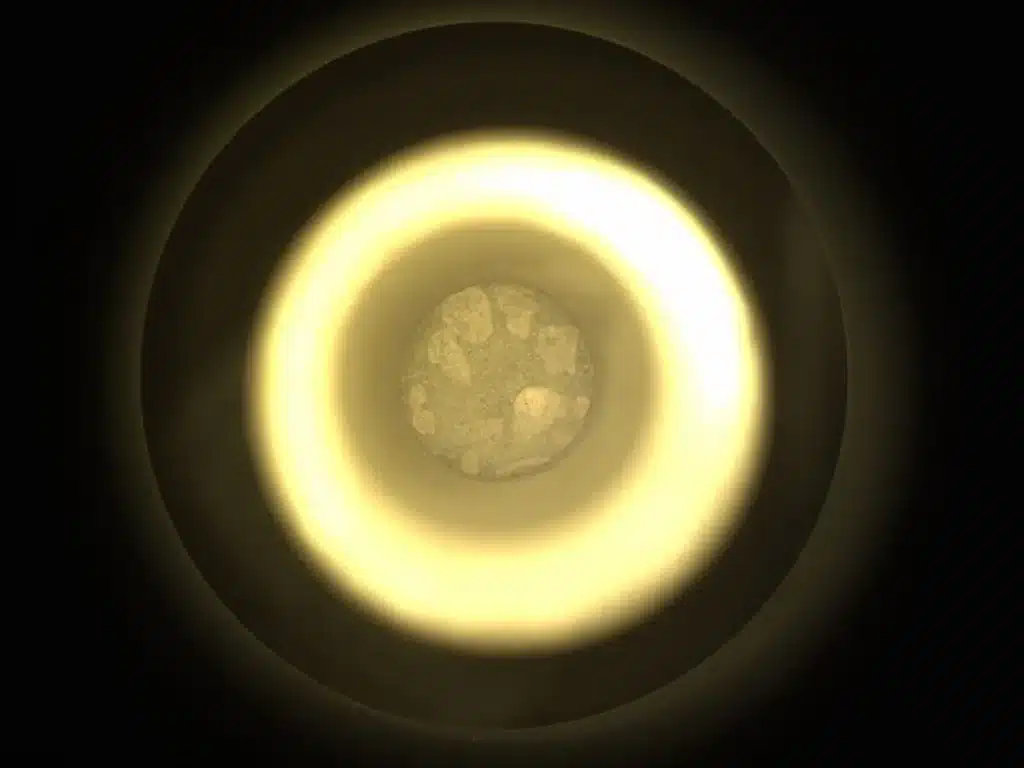
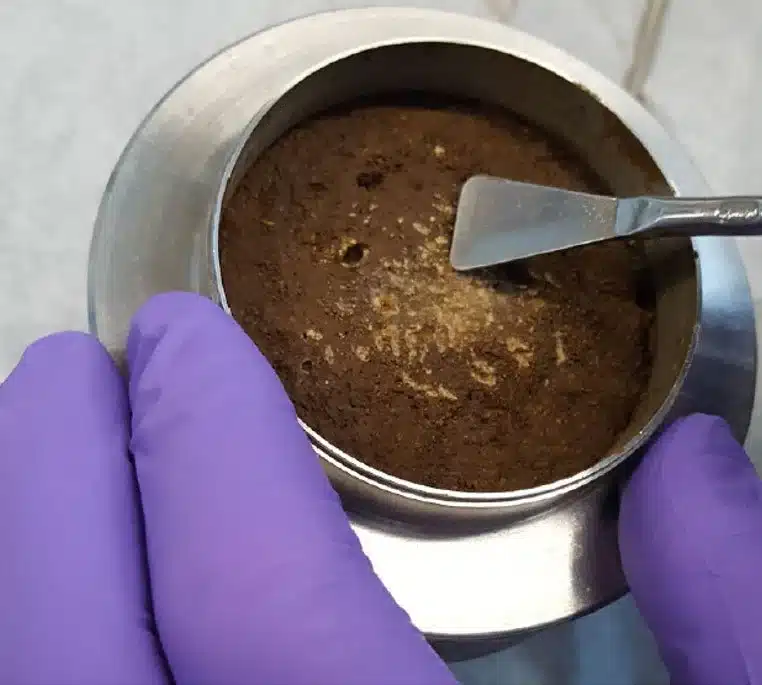
The source of the Martian methane accompanying the salty vapor bubbles remains a mystery for now.
Although NASA recently revealed its Perseverance rover on Mars will need help bringing back samples it has collected in hopes of confirming the existence of alien life.
Scientists recently revealed that the color purple is what they should be looking for, due to its link to a bacteria capable of photosynthesis.
Having said that, it feels like the search of alien life will have to progress a lot further before we get an answer.

